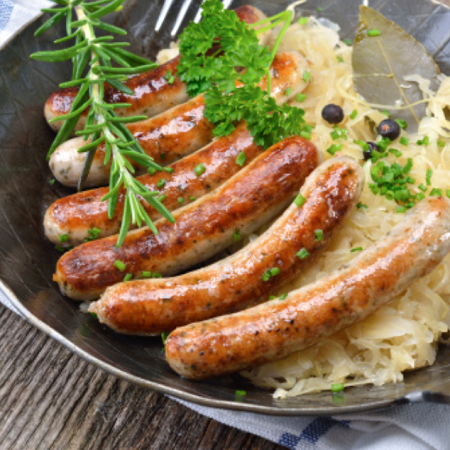THIS WEEK’S MUSE
LUIS TAPIA

“I first took blade to wood as a 20-year-old. My intention then, as now, was to link learned concepts of cultural history and tradition to my lived experience.”
Luis Tapia is a sculptor from New Mexico who has spent his career reinterpreting the legacy of Catholic devotional art as his basis for a modern form of cultural and social commentary.
In 1950, Agua Fría was a small rural village west of Santa Fe. Tapia grew up there, living a simple rural life “with chickens and goats and cows in the backyard.” He drifted a little, largely untroubled by the world, but that all changed when he was twenty.
The Chicano Movement, a civil rights and empowerment movement by Mexican-descent people in the United States, grew out of earlier groups in the 1950s. By the late 1960s, the movement was gaining momentum. Once a term of derision, “Chicano” now took on a positive meaning, expressing political autonomy, ethnic and cultural solidarity, and pride in indigenous descent.
The movement connected with Tapia, sparking his artistic track. The Chicano Generation understood that in order to create self-empowerment, it had to have a sense of its history. Taking on this call to action, Tapia began exploring the art of his cultural past. In particular, he looked to the old tradition of making ‘polychrome santos’—the colorful wooden sculptures depicting saints, often kept in the home—and saw them as a way to develop his artistic and social voice. Through the lens of Chicano philosophy, he started carving his own.
While keeping with traditional carving techniques of the santos, he replaced their strictly religious message with conceptual realism – new narratives that reflected modern life, his politics, and the struggle for social equality.
“I saw an opportunity to develop what was considered a quaint and primitive folk art tradition into a modern art form, and to tell a bigger story of my culture.”
His work incorporated an increasingly diverse cast of characters. Prostitutes, tattooed gangs, street culture, and customized cars were all present as he aimed to highlight contemporary social and political issues. Immigration, addiction, identity, racial injustice, crime, pedophilia in the Catholic Church, and many more themes have been tackled by Tapia.
His amalgam of traditional artistic techniques and powerful social and political commentary has been controversial, innovative, and effective. It made his name in art and it helped elevate the Chicano Movement. He is still working and still using his art to make a difference.
Perhaps American critic and writer Lucy Lippard sums up Tapia best. “[He] is famous for breaking away from stylistic confinement while maintaining cultural continuity. He has disrupted the expectations of his genre while creating an art responsive to its own times, a complex task acknowledging and exploring the contradictions of modern life.”
HAPPENING
Friday, October 28. 6–8pm
OKTOBERFEST DINNER

With Chef Joe Cizynski
Homemade bratwursts and sauerkraut, poached salmon – and more!
$65 – Member, $75 – Non-Member
DETAILS & TICKETS
